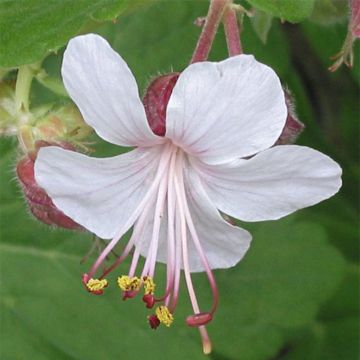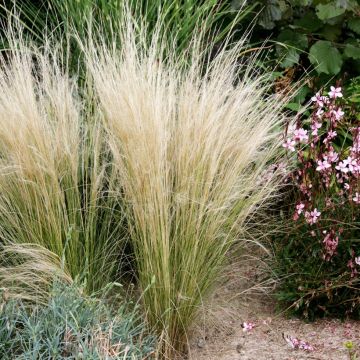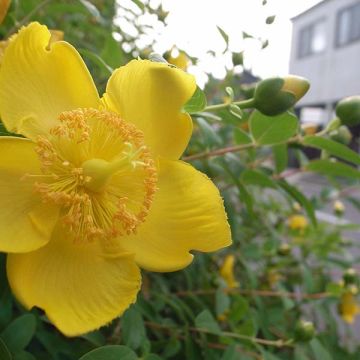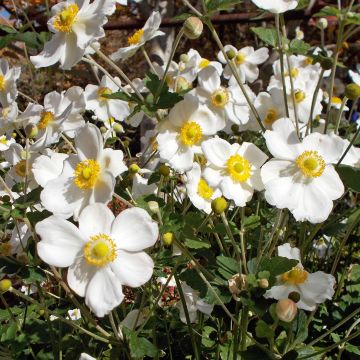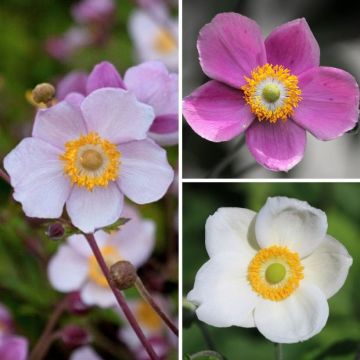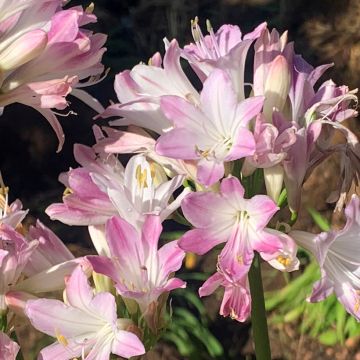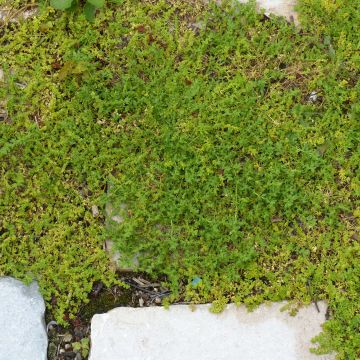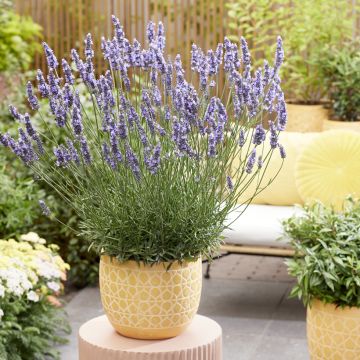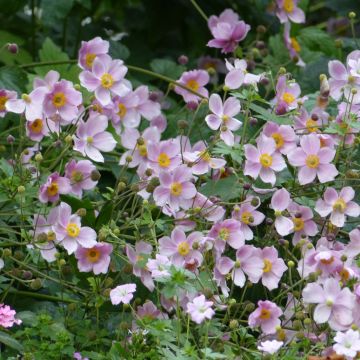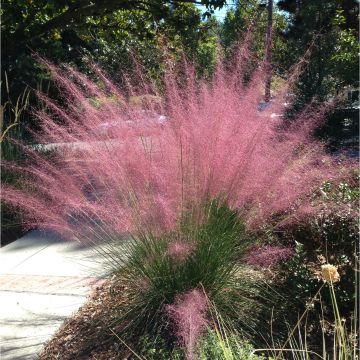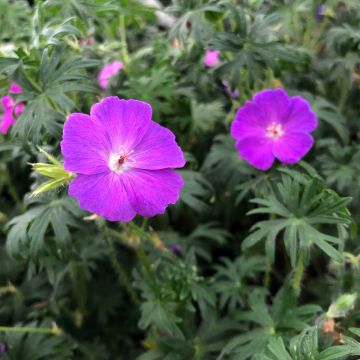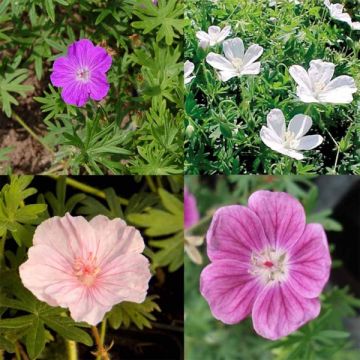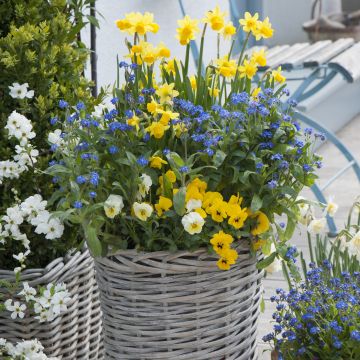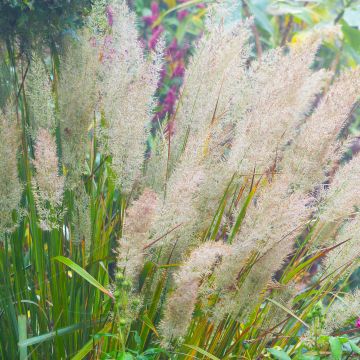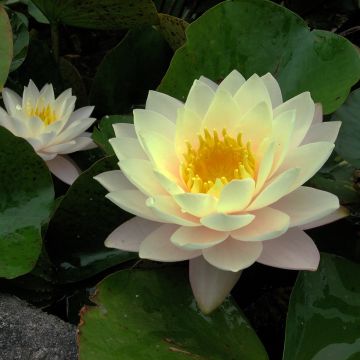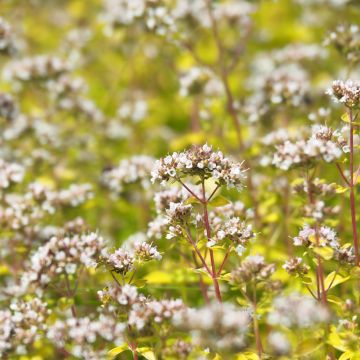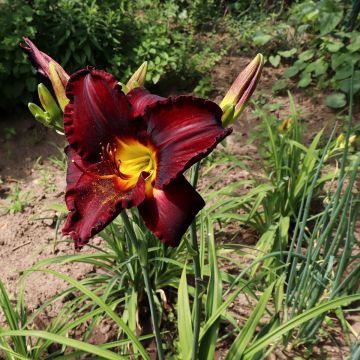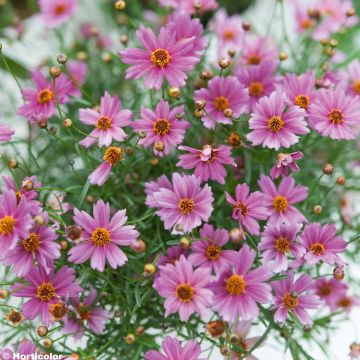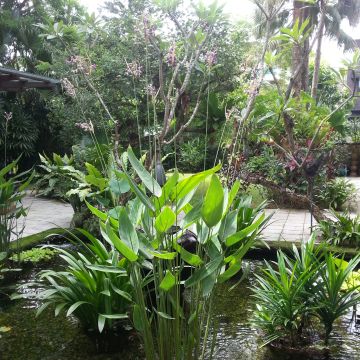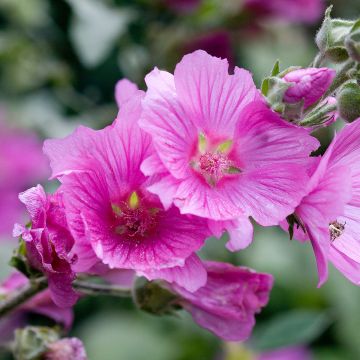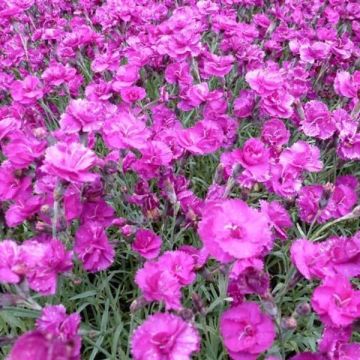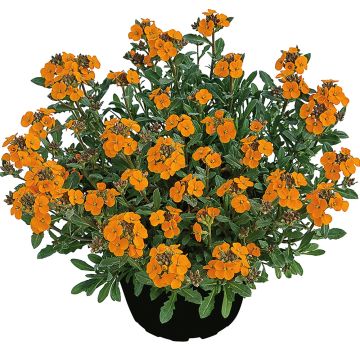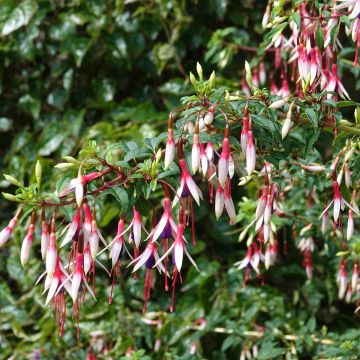Shipping country and language
Your country of residence may be:
Your country of residence is:
For a better user experience on our website, you can select:
Your shipping country:
Andorra
Austria
Belgium
Bulgaria
Canada
Chile
Croatia
Cyprus
Czechia
Denmark
Estonia
Finland
France
Germany
Greece
Hungary
Iceland
Ireland
Italy
Latvia
Lithuania
Luxembourg
Malta
Monaco
Netherlands
Poland
Portugal
Romania
Slovakia
Slovenia
Spain
Sweden
Switzerland
United Kingdom
We only deliver seed and bulb products to your country. If you add other products to your basket, they cannot be shipped.
Language:
French
German
Spanish
English
My Account
Hello
My wish lists
Plantfit
Log in / Register
Existing customer?
New customer?
Create an account to track your orders, access our customer service and, if you wish, make the most of our upcoming offers.
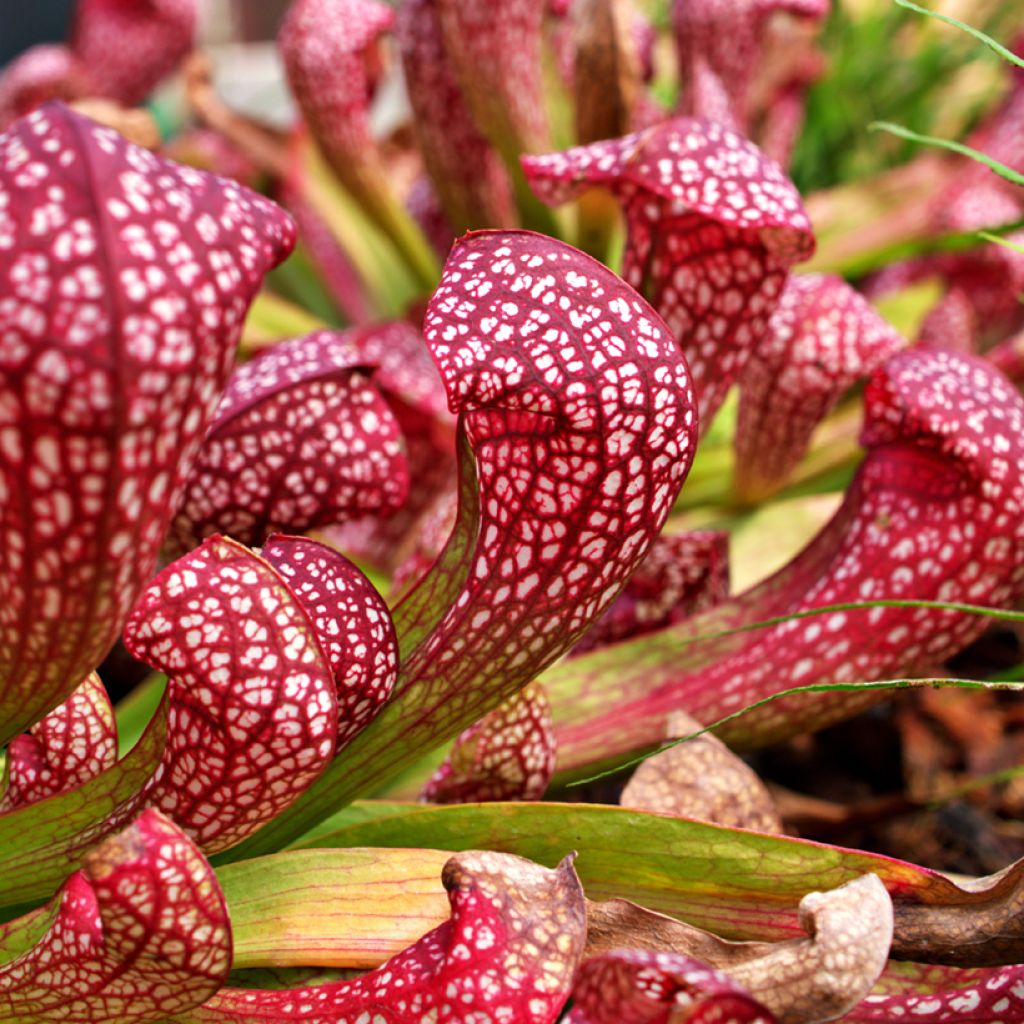

Sarracenia Scarlet Belle - Sarracénie, plante carnivore
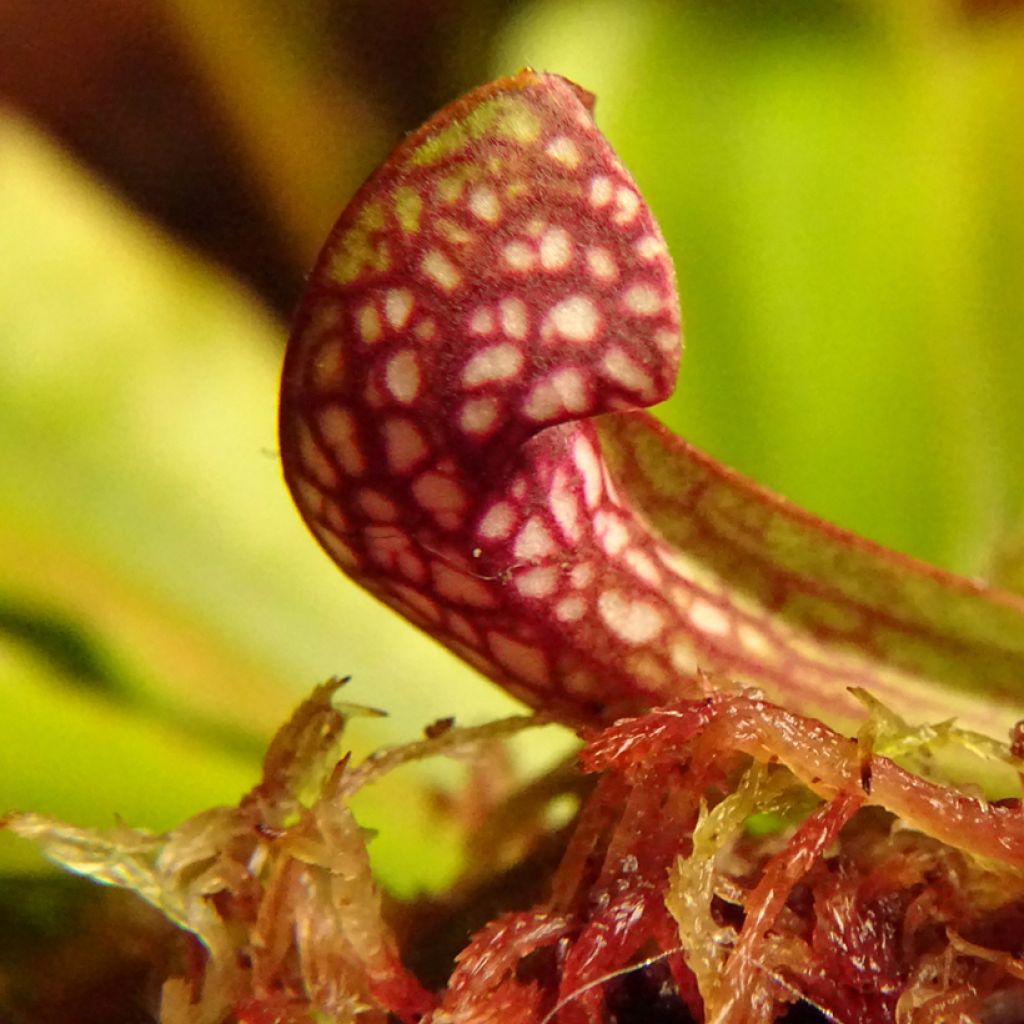

Sarracenia Scarlet Belle - Sarracénie, plante carnivore


Sarracenia Scarlet Belle - Sarracénie, plante carnivore


Sarracenia Scarlet Belle - Sarracénie, plante carnivore
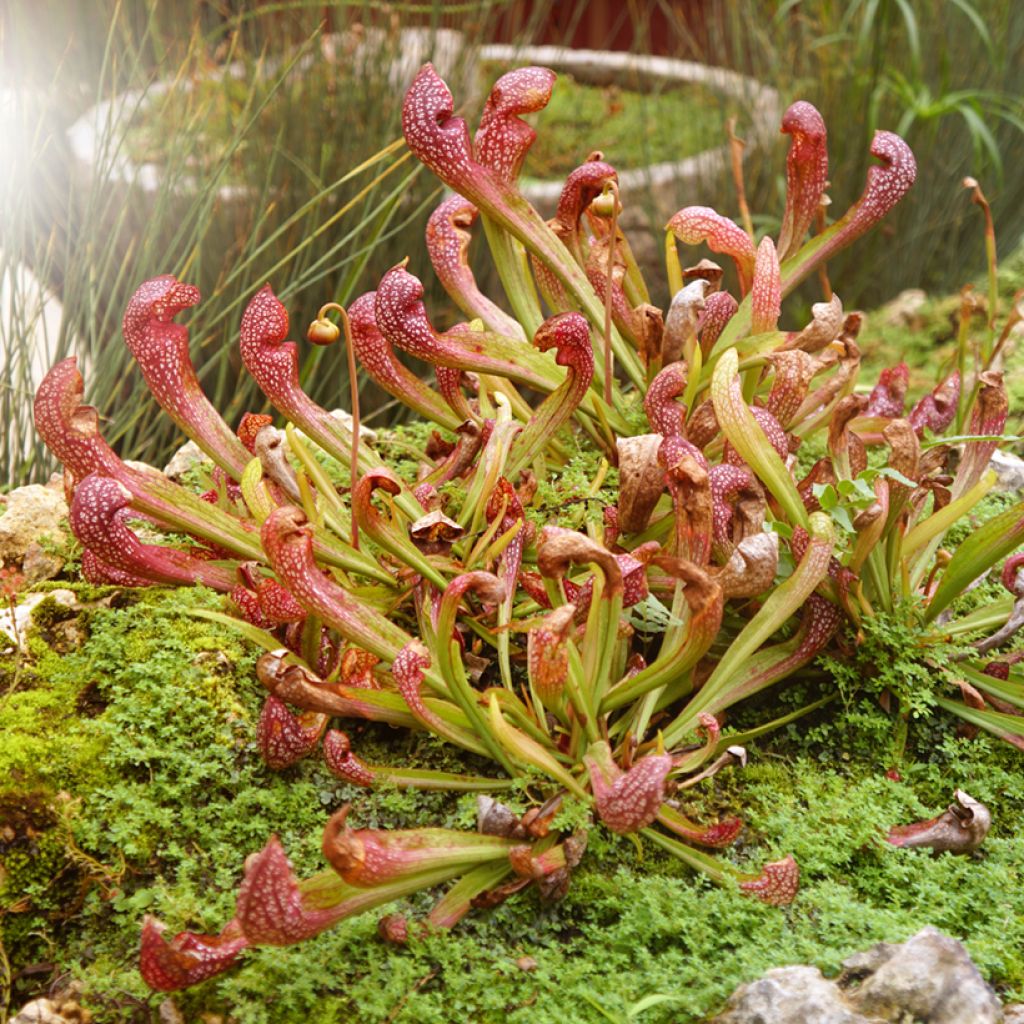

Sarracenia Scarlet Belle - Sarracénie, plante carnivore
Sarracenia Scarlet Belle - Pitcher plant
Sarracenia Scarlet Belle
Pitcher plant, Trumpet pitcher, North American pitcher plant
Why not try an alternative variety in stock?
View all →Order in the next for dispatch today!
Dispatch by letter from 3,90 €.
Delivery charge from 5,90 € Oversize package delivery charge from 6,90 €.
More information
This item is not available in your country.
Shipping country:
Andorra
Austria
Belgium
Bulgaria
Canada
Chile
Croatia
Cyprus
Czechia
Denmark
Estonia
Finland
France
Germany
Greece
Hungary
Iceland
Ireland
Italy
Latvia
Lithuania
Luxembourg
Malta
Monaco
Netherlands
Poland
Portugal
Romania
Slovakia
Slovenia
Spain
Sweden
Switzerland
United Kingdom
Schedule delivery date,
and select date in basket
This plant carries a 12 months recovery warranty
More information
We guarantee the quality of our plants for a full growing cycle, and will replace at our expense any plant that fails to recover under normal climatic and planting conditions.
From 5,90 € for pickup delivery and 6,90 € for home delivery
Express home delivery from 8,90 €.
Would this plant suit my garden?
Set up your Plantfit profile →
Description
Sarracenia Scarlet Belle is a vigorous hybrid cultivar with decorative, relatively small urns. It features a spreading habit, rounded urns, a hood-like cap, and a very bright colour at the top in red, veined with white. Growable outdoors, it is a hardy plant, thriving in wet, acidic, well-drained and poor soils. It enjoys sunlight, but not the most scorching rays, which can lead to dryness. Its leaves are very architrctural, trumpet-shaped. Its famous urns act as traps for flying insects. It thrives in a light soil mixture of peat and sand, watered only with rainwater. Under these conditions, it can remain in the garden all year round, at the edge of a pond, in wet ground, or in a pot. It can also be grown indoors, but as it is hardy down to at least -15°C, even -18°C, it benefits outdoors from an ideal dormancy period due to the winter cold. It withstands high temperatures as long as the soil remains moist.
Sarracenia belongs to the Sarraceniaceae family. It is a perennial evergreen plant native to the marshy areas of the eastern United States. Its trumpet-shaped leaves vary in colour and are adorned with veins in some species. Their shape and height also change depending on the species or cultivars. The plant produces urns in which insects are captured. They are attracted by the colour, shape, and nectar secreted by the plant at the entrance of the trap. Sarracenia Scarlet Belle is a hybrid cultivar derived from Sarracenia leucophylla and Sarracenia psittacina. It reaches a height of 35 to 40 cm and spreads out gently. The plant may eventually flower after a few years under good conditions, producing thick stems topped with large round buds that open into flowers resembling those of daffodils.
Sarracenia Scarlet Belle is an excellent plant for wet to marshy areas, easily settling at the edges of water bodies, sheltered from the wind, while taking into account its growing conditions: acidic, well-drained, poor soil and full sun. It also enjoys being in a pot on the terrace, provided it has suitable substrate that remains constantly moist and is watered only with rainwater. You can plant several varieties of different sizes and appearances.
Flowering
Foliage
Plant habit
Botanical data
Sarracenia
Scarlet Belle
Sarraceniaceae
Pitcher plant, Trumpet pitcher, North American pitcher plant
North America
Other Perennials A to Z
Planting and care
Sarracenia ideally thrives in peaty soil, which means it requires acidic, well-drained, and poor soil that is constantly moist. Plant it in spring or autumn, in sunlight, avoiding the hottest hours in summer, as it is sensitive to drought. Also, ensure it is sheltered from winds. You can also grow it in a plastic pot by providing a substrate that meets these conditions (for example, a mixture of peat and river sand) and watering it only with rainwater. Do not apply any fertiliser. It can remain outdoors all year round.
Planting period
Intended location
Care
This item has not been reviewed yet - be the first to leave a review about it.
Summer flowering perennials
Haven't found what you were looking for?
Hardiness is the lowest winter temperature a plant can endure without suffering serious damage or even dying. However, hardiness is affected by location (a sheltered area, such as a patio), protection (winter cover) and soil type (hardiness is improved by well-drained soil).

Photo Sharing Terms & Conditions
In order to encourage gardeners to interact and share their experiences, Promesse de fleurs offers various media enabling content to be uploaded onto its Site - in particular via the ‘Photo sharing’ module.
The User agrees to refrain from:
- Posting any content that is illegal, prejudicial, insulting, racist, inciteful to hatred, revisionist, contrary to public decency, that infringes on privacy or on the privacy rights of third parties, in particular the publicity rights of persons and goods, intellectual property rights, or the right to privacy.
- Submitting content on behalf of a third party;
- Impersonate the identity of a third party and/or publish any personal information about a third party;
In general, the User undertakes to refrain from any unethical behaviour.
All Content (in particular text, comments, files, images, photos, videos, creative works, etc.), which may be subject to property or intellectual property rights, image or other private rights, shall remain the property of the User, subject to the limited rights granted by the terms of the licence granted by Promesse de fleurs as stated below. Users are at liberty to publish or not to publish such Content on the Site, notably via the ‘Photo Sharing’ facility, and accept that this Content shall be made public and freely accessible, notably on the Internet.
Users further acknowledge, undertake to have ,and guarantee that they hold all necessary rights and permissions to publish such material on the Site, in particular with regard to the legislation in force pertaining to any privacy, property, intellectual property, image, or contractual rights, or rights of any other nature. By publishing such Content on the Site, Users acknowledge accepting full liability as publishers of the Content within the meaning of the law, and grant Promesse de fleurs, free of charge, an inclusive, worldwide licence for the said Content for the entire duration of its publication, including all reproduction, representation, up/downloading, displaying, performing, transmission, and storage rights.
Users also grant permission for their name to be linked to the Content and accept that this link may not always be made available.
By engaging in posting material, Users consent to their Content becoming automatically accessible on the Internet, in particular on other sites and/or blogs and/or web pages of the Promesse de fleurs site, including in particular social pages and the Promesse de fleurs catalogue.
Users may secure the removal of entrusted content free of charge by issuing a simple request via our contact form.
The flowering period indicated on our website applies to countries and regions located in USDA zone 8 (France, the United Kingdom, Ireland, the Netherlands, etc.)
It will vary according to where you live:
- In zones 9 to 10 (Italy, Spain, Greece, etc.), flowering will occur about 2 to 4 weeks earlier.
- In zones 6 to 7 (Germany, Poland, Slovenia, and lower mountainous regions), flowering will be delayed by 2 to 3 weeks.
- In zone 5 (Central Europe, Scandinavia), blooming will be delayed by 3 to 5 weeks.
In temperate climates, pruning of spring-flowering shrubs (forsythia, spireas, etc.) should be done just after flowering.
Pruning of summer-flowering shrubs (Indian Lilac, Perovskia, etc.) can be done in winter or spring.
In cold regions as well as with frost-sensitive plants, avoid pruning too early when severe frosts may still occur.
The planting period indicated on our website applies to countries and regions located in USDA zone 8 (France, United Kingdom, Ireland, Netherlands).
It will vary according to where you live:
- In Mediterranean zones (Marseille, Madrid, Milan, etc.), autumn and winter are the best planting periods.
- In continental zones (Strasbourg, Munich, Vienna, etc.), delay planting by 2 to 3 weeks in spring and bring it forward by 2 to 4 weeks in autumn.
- In mountainous regions (the Alps, Pyrenees, Carpathians, etc.), it is best to plant in late spring (May-June) or late summer (August-September).
The harvesting period indicated on our website applies to countries and regions in USDA zone 8 (France, England, Ireland, the Netherlands).
In colder areas (Scandinavia, Poland, Austria...) fruit and vegetable harvests are likely to be delayed by 3-4 weeks.
In warmer areas (Italy, Spain, Greece, etc.), harvesting will probably take place earlier, depending on weather conditions.
The sowing periods indicated on our website apply to countries and regions within USDA Zone 8 (France, UK, Ireland, Netherlands).
In colder areas (Scandinavia, Poland, Austria...), delay any outdoor sowing by 3-4 weeks, or sow under glass.
In warmer climes (Italy, Spain, Greece, etc.), bring outdoor sowing forward by a few weeks.
